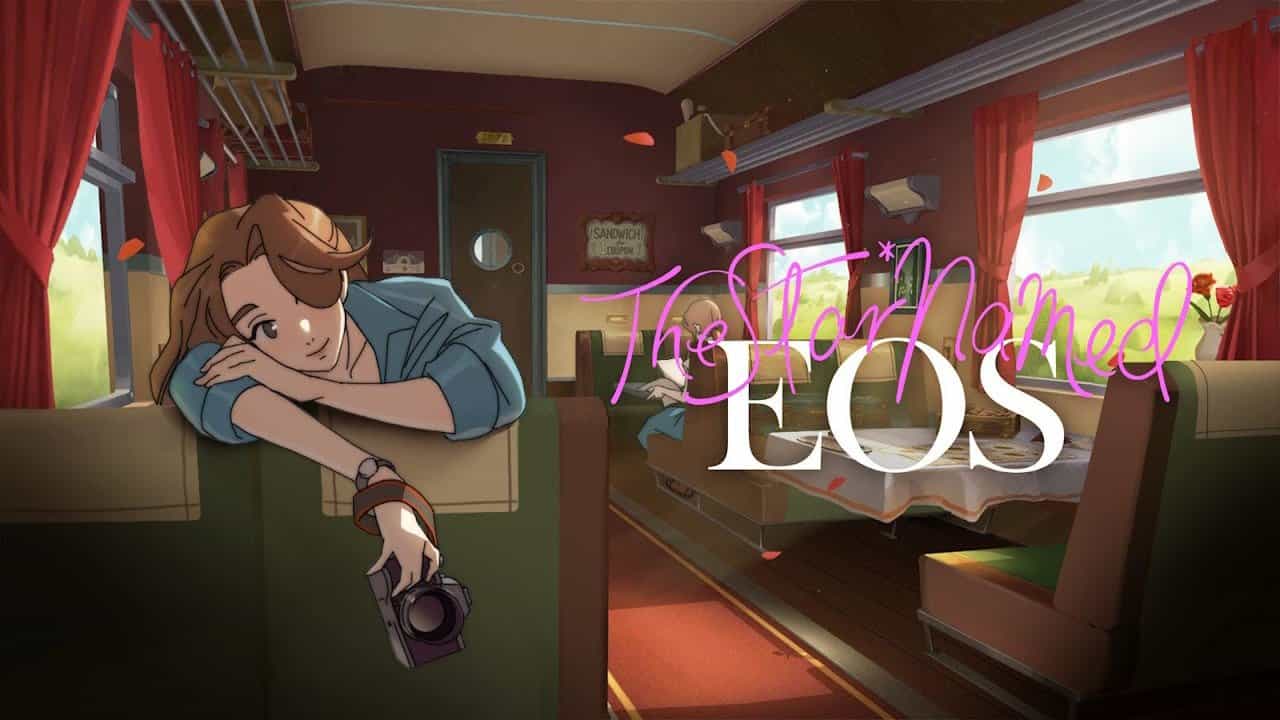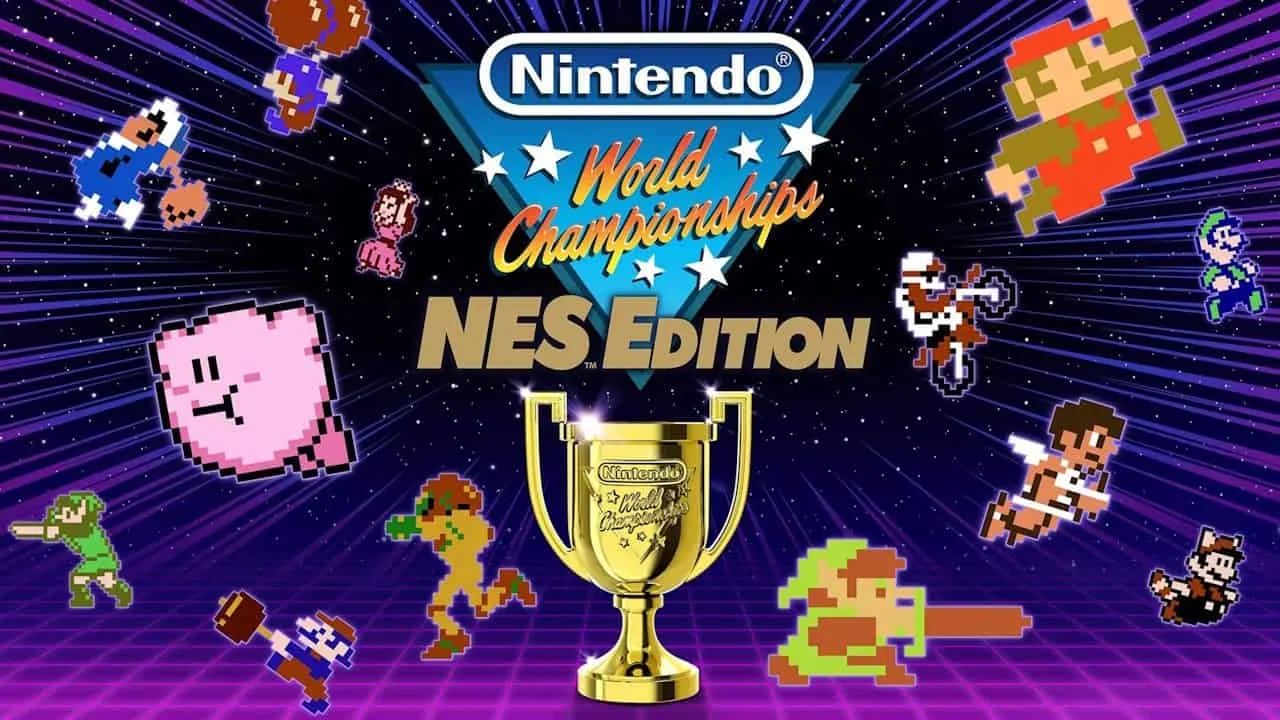Forspoken Review

Official Score
Overall - 75%
75%
My time with Forspoken was a strange one. Elements of the game are fantastic, with an engrossing story and a gorgeous world. However, it all just feels segmented, like nothing really wants to work together. Forspoken is a good game and one I would recommend to most open-world fans, but it just feels so close to greatness that I can't help but walk away disappointed.
Featuring a fantasy world, magic, and a sentient bracelet named Cuff, Luminous Productions has teamed up with Square Enix for their new title Forspoken. The debut title for the studio, should players set out to find their way home?
Forspoken Review
Forspoken’s story begins with an introduction to lead character, Alfre “Frey” Holland, a young woman from New York’s Hell’s Kitchen, hard on her luck and standing before a judge for her third felony strike. Orphaned from a young age, found as a baby in Holland Tunnel, Frey’s past is littered with larceny convictions and run-ins with the law. Just when she’s saved enough money to flee New York with her pet cat Homer, a group of thugs sets her apartment ablaze – taking all of her savings with it.
Soon after, Frey discovers a strange bracelet in an abandoned store and is magically transported into the fantasy world of Athia. This post-apocalyptic like setting where the last pockets of humanity battle both the tyrannical rule of the Tantas, a group of magic wielding women who once served as Athia’s protectors. There is also a strange phenomena Frey calls The Break, a mist-like substance that covers the lands and corrupts everything it touches.
It is a rather brief main narrative for an open-world game, stretching across maybe 15-20 hours in its entirety, but one full of heart and redemption. The world of Athia and its people is a fascinating journey to witness, but the real star of the show for the story is Frey’s personal story. The story of a woman coming to grips with her past while doing everything she can to gain control of her future, learning to control strange magical powers, and fighting to save the people of Athia as a flawed heroine. Some of the plot points were very predictable from early on, but the delivery and culmination of events leaves a lasting impact.
While the story is very well worth the adventure, it’s not without issues. The facial animations can be strange, almost to the point of disturbing, and the switch between an animated face and a resting one is almost comedic in places. The pacing is also likely to be off-putting for some. Athia is a world in ruin with literally pockets of humanity spread across a huge landscape, the vast majority of the story takes place in a single city of survivors, between lengthy excursions into The Break. The way the world is constructed is vital to support the story, but it often means you’re watching cutscenes and dialogue for too long, followed by a complete lack of it for extended periods. It’s jarring to say the least.
Athia, while beautiful on the surface, lacks the depth and character of other open-world games, much of it even has that procedurally generated touch to it. The landscape is there – and it even looks gorgeous – but it just lacks purpose. Much of that repeats throughout the open-world segments of the game. Every icon on the map I explored was much of the same, all mostly combat based, and the one puzzle type I did find had an “instant solve button” that killed any point in trying to work it out. I’m not sure when developers fell out of love with exploration, but Forspoken is yet another open-world title where it feels developers are too afraid to truly let players explore.
Everything is marked on the map, with icons depicting the type of challenge you will face and information on the rewards you can expect to receive. It’s a very subjective take, and I’m sure many others welcome the clear cut approach to exploration. However, if I know where I am going, what’s there, and what I’ll get, I’m not exploring; I’m walking. This is not an issue exclusive to Forspoken, but it’s one that’s very prevalent due to the lack of, well, pretty much everything in the open world.
If there’s one area of Forspoken that truly stands above other open-world games, it’s traversal. Utilizing various magical abilities, Frey can glide, leap, jump, and run herself across vast open areas in just a few seconds, effortlessly stringing together impressive parkour maneuvers and acrobatics that makes going from point A to point B thrilling and a real visual feast. The parkour abilities do struggle in smaller areas where precision and timing is more important, but in terms of open-world travel, it’s fantastic. Never once did I feel disappointed at the lack of a mount or more traditional means of travel.
Disappointingly, the lack of variety in activities and events in the open-world puts almost all of the pressure on the combat system. While combat is a lot of fun, its true potential is never reached due to clunky controls and the progression system. For the first half of the game, I had but a single set of spells, Frey’s magic that she gains from bonding with Cuff, the name she gives to the strange bracelet she found in New York.
It’s a basic grouping of several ranged spells that work well, but quickly become tiresome and repetitive. Based on that experience alone, it was a struggle to keep pushing through – but then I battled my first Tanta. I was expecting new spells and abilities as the game progressed, but the spell tree doesn’t truly expand until you start defeating the world bosses. This can be early or days into the game, depending on how you approach the open-world.
Once I had started following the story and ignoring much of the side content, the game really came into its own. The new spells you unlock bring so much more to the combat but by the time I had unlocked the full arsenal of abilities, the game was on the precipice of ending. However, that’s where the real issues with combat come into play.
You get a huge list of different support and damaging spells spread across four unique spell trees but therein lies the main problem of having to memorize and switch between different trees quickly to combo different abilities together. The more dexterous and experienced players will likely have a lot of fun stringing together these unique powers, but the average player is more likely to stick to a single tree or two and seldom explore past that. It’s a combat system that really rewards dedication and ability, in a game that ends before it really begins.
For those with the patience and dedication to truly master the combat system, the near endless combat objectives and challenges is sure to offer a lot of replay value. Most of the spells I used could be upgraded, completing unique Spellcraft challenges that require specific objectives be met in order to improve the spell. These do add an exciting edge to combat, trying to stay alive whilst also concentrating on Spellcraft objectives, but none of it is really needed – much like its crafting and gear systems.
About an hour or so before the final battle, although I was not aware it was the final battle at the time, I wanted to spend some time searching out some new equipment and get some upgrades. Frey can equip Cloaks, Necklaces, and unique fingernail art to change and enhance her abilities.
Honestly, it’s all mostly pointless. You can get to the end on normal difficulty without any real threat using the base gear you get at the very start of the game. I did use the hideous PlayStation branded cloak pre-order DLC with some minor upgrades, but past that, I never really looked twice at the crafting system.
My time with Forspoken was a strange one. Elements of the game are fantastic, with an engrossing story and a gorgeous world. However, it all just feels segmented, like nothing really wants to work together. Forspoken is a good game and one I would recommend to most open-world fans, but it just feels so close to greatness that I can’t help but walk away disappointed.








